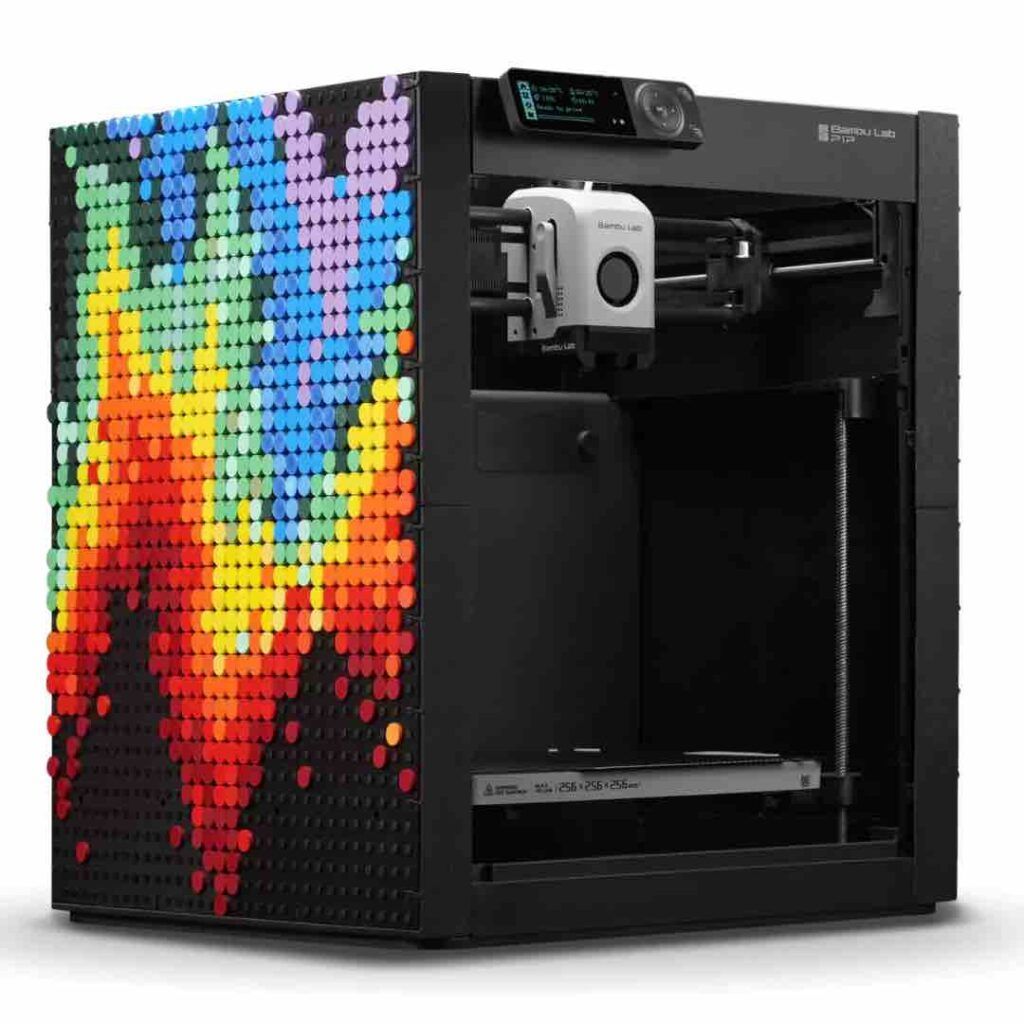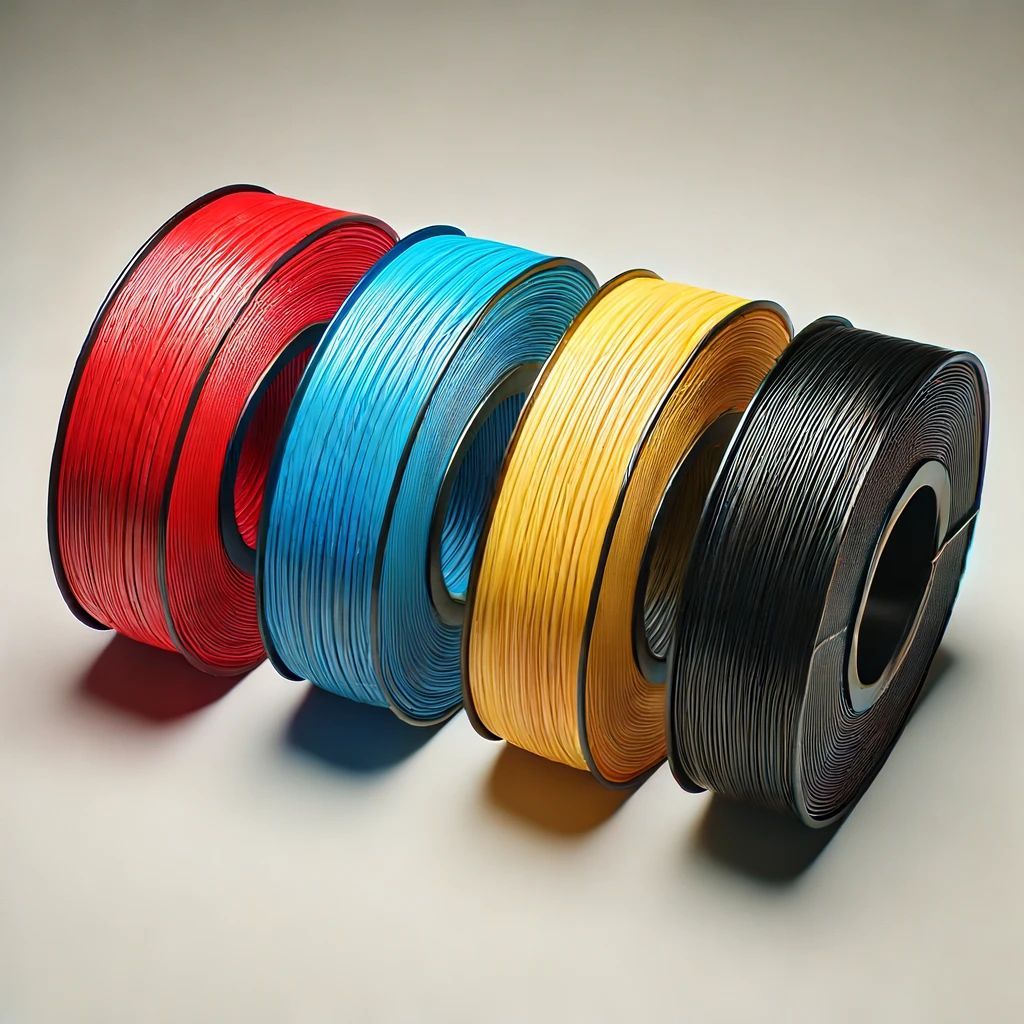3D Printing with TPU Morbido
3D Printing with TPU Morbido: What it is and Why Use it ?

Today, we are witnessing an exponential growth in the adoption of 3D printing. From medical to industrial applications, this technology is being implemented across domains and use cases.
This blog post highlights the importance of TPU when it comes to 3D Printing with TPU. While there are several thermoplastic polymers available for 3D printing, not all of them can be used for everything.
It comes down to strength, durability, cost and other factors that influence the final outcome of your printed part. This post focuses on understanding Why one should use a TPU when it comes to 3D Printing with TPU?
If you are exploring options in additive manufacturing and want to know more about TPU and its usage in 3D Printing with TU as well as insight on how to choose the right materials for your project—read on!
What is TPU Morbido?
TPU (thermoplastic polyurethane) is a type of elastic and flexible polyurethane. It is a polymer that is commonly used in 3D printing as a filament because it has a low melting point, which results in less energy consumption and less warping issues compared to other filaments.
It is flexible, durable, and strong, which make it suitable for various applications, including industrial and medical. TPU has many different varieties, including Morbido, which is a soft and flexible TPU. It is one of the most popular materials used to 3D print because of its versatile properties.
When looking to 3D print with TPU, it is crucial to choose the right type as each type has different properties and characteristics. Morbido is a soft and flexible TPU that is perfect for printing things like toys and wearable items because of its soft, squishy, and stretchy properties.
It is also a good option for medical applications because of its resistance to chemicals and other substances that can harm other types of TPU.
Why Should We be Using TPU Morbido in 3D Printing?
From strength to durability, TPU is the ideal material for 3D printing. From the low melting point to the lesser energy consumption, there are many aspects that make it an ideal material for this process.
Durability - The most important factor that goes in deciding what to print with is the strength and durability of the material. TPU is a very strong polymer that lasts longer and is more impact resistant. This makes it ideal for applications such as car parts, sports equipment, toys, and other items that are used frequently.
Lesser warping - When we are printing with a material, there can be instances where the filament warps due to the heating of the extruder.
This, in turn, causes issues with the print and can even lead to the filament breaking. TPU is less likely to warp because of its strength and flexibility, which makes it a better choice for 3D printing.
Benefits of 3D Printing with TPU Morbido
As mentioned above, there are many factors that make TPU an ideal option when it comes to 3D printing. The following are some of the benefits of 3D printing with TPU Morbido.
Lesser energy consumption - One of the most important factors that can make or break a project when it comes to 3D printing is the cost. TPU is a cheaper polymer that has a lower melting point. This means you will use less energy for the print job, which could help you save money and lower your project costs.
Strong and impact resistant - The main goal of 3D printing is to create an end product that is usable and lasts longer. TPU is one of the strongest and most impact resistant polymers. This means that the 3D printed part will be able to withstand high impact and last longer.
Good for medical applications - While there are many materials that are suitable for medical applications, TPU has many properties that make it a better choice. It is less toxic, does not absorb water, and does not react with chemicals or other substances often found in medical applications.

Limitations of TPU and the different types of TPU Morbido
While TPU has many positive aspects, it also has a few limitations. The following are some of the limitations of TPU when it comes to 3D printing.
Not good for high-temperature applications - TPU has a low melting point, which means it will melt when exposed to high temperatures. This means that it is not a suitable polymer for applications that require a higher temperature.
TPU is a flexible polymer and can easily be deformed under pressure, which can make it unsuitable for certain applications. This means that the material cannot be used in applications that require high-pressure, high-temperature, or need the part to be rigid.
The different types of TPU Morbido make it a better option for some applications. The following are a few types of TPU Morbido and their applications.
Soft TPU is best for applications that do not require a lot of strength, such as toys and wearable items. This TPU is also great for printing low-cost items, such as labels and packaging.
Hard TPU is ideal for applications that require a lot of strength and durability, such as automotive parts and sports equipment. The hard TPU can also be used for industrial parts, such as machine parts and connectors.
Conclusion
Today, we are at the forefront of a second industrial revolution where 3D printing has evolved to become a mainstream technology for the production of both simple and complex parts.
When it comes to 3D printing with TPU, it is crucial to choose the right type as each type has different properties and characteristics.
TPU is a cheaper polymer that has a lower melting point and is softer and flexible, making it ideal for applications that require a softer part.
While there are many factors that make TPU a good material for 3D printing, it also has a few limitations, such as not being suitable for high-temperature applications.












